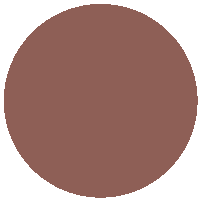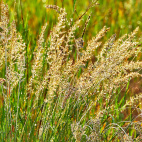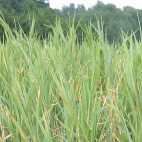Color
USDA Zone
Region
Type
Duration
Season
Germination
Soil
Sunlight
Height
Narrow Your Search
Color
USDA Zone
Region
Type
Duration
Season
Germination
Soil
Sunlight
Height
US Native Grass Seeds
The species on this page are not all technically classified as grasses, but the average gardener would probably call them "grass". Here you will find a variety of seeds of native grasses, sedges, reeds, and rushes. You might not think of grass as being as beautiful as flowers, but some of these wild grasses really are beautiful in their own way. Many of the native prairie grasses turn color in autumn, and the rusty bronze color of the stems adds a real fall aura to the planting. Winter birds benefit from the wild grass seeds, and small animals use the thick undergrowth for cover. The biomass of the grass is also the primary source for fuel when a prairie planting undergoes a planned burn.
-
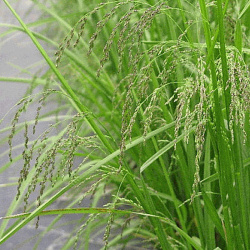 On Sale!
Fowl Manna Grass Seeds
Glyceria striata
Quick View
x
On Sale!
Fowl Manna Grass Seeds
Glyceria striata
Quick View
xFowl Manna Grass Seeds
Starting at $3.25 USD -
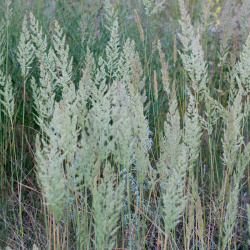 On Sale!
June Grass Seeds
Koeleria cristata
Quick View
x
On Sale!
June Grass Seeds
Koeleria cristata
Quick View
xJune Grass Seeds
Starting at $3.48 USD -
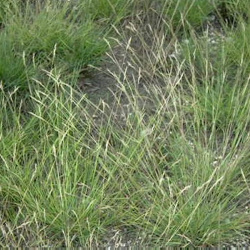 Poverty Oat Grass Seeds
Danthonia spicata
Quick View
x
Poverty Oat Grass Seeds
Danthonia spicata
Quick View
xPoverty Oat Grass Seeds
Danthonia spicata
This native grass earned the name Poverty Oats because of its preference for poor soil. It is also known as Curly Grass because the dead leaves curl around the base of the plant. It loves dry sandy soil and does not grow very tall, so it can also function as a native lawn.
Starting at $3.75 USD -
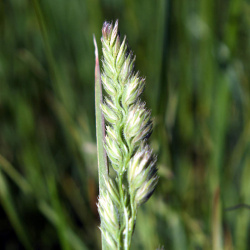 On Sale!
Upland Wild Timothy Seeds
Muhlenbergia racemosa
Quick View
x
On Sale!
Upland Wild Timothy Seeds
Muhlenbergia racemosa
Quick View
xUpland Wild Timothy Seeds
Starting at $3.48 USD
The species on this page are not all technically classified as grasses, but the average gardener would probably call them "grass". Here you will find a variety of seeds of native grasses, sedges, reeds, and rushes. You might not think of grass as being as beautiful as flowers, but some of these wild grasses really are beautiful in their own way. Many of the native prairie grasses turn color in autumn, and the rusty bronze color of the stems adds a real fall aura to the planting. Winter birds benefit from the wild grass seeds, and small animals use the thick undergrowth for cover. The biomass of the grass is also the primary source for fuel when a prairie planting undergoes a planned burn.
